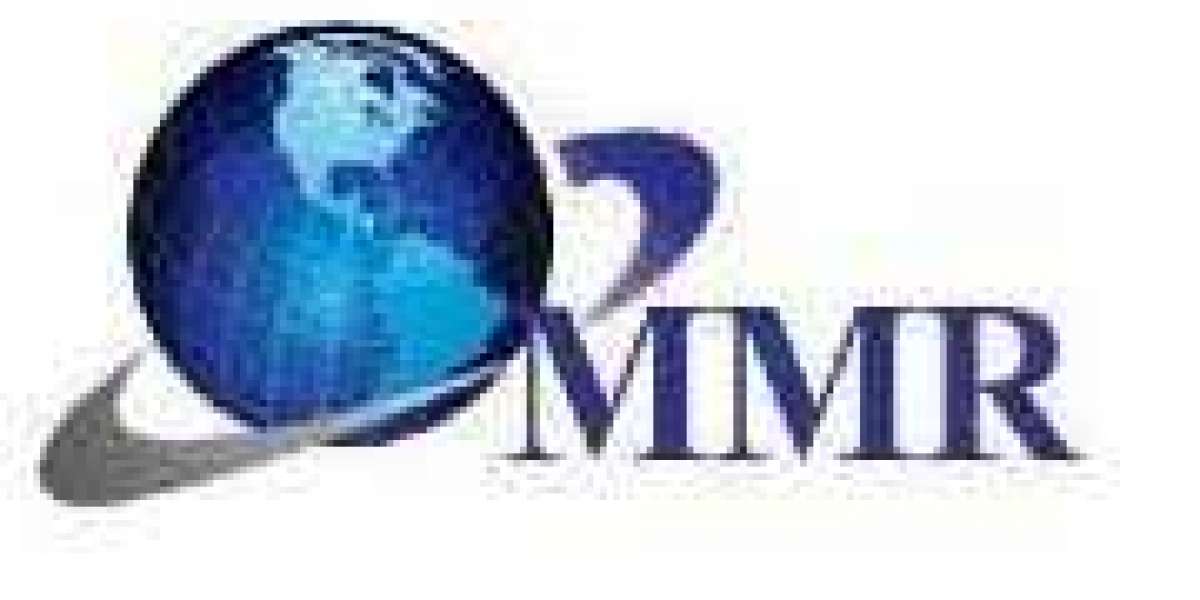Introduction
Filing tax return can be a daunting task for many individuals. With complex regulations, changing tax laws, and numerous forms to fill out, its no wonder that people often feel overwhelmed by the process. However, mastering the art of filing tax return is not only essential for compliance but also an opportunity to maximize your refunds. In this comprehensive guide, we will take you through everything you need to know about filing tax return and provide you with valuable tips to ensure you make the most out of your financial situation.
1. Understanding Tax Returns
Tax returns are forms that individuals and businesses file with the government to report their income and calculate their tax liability for a specific period, typically one year in most countries.
In the United States, taxpayers must file their federal income tax return using Form 1040 or one of its variations such as Form 1040A or Form 1040EZ depending on their eligibility criteria.
2. Types of Tax Returns
There are different types of tax returns based on an individuals financial situation:
i) Individual Income Tax Return (Form 1040)
The Individual Income Tax Return is the standard form used by most taxpayers in the United States to report their income, deductions, and credits.
ii) Corporate Income Tax Return (Form 1120)
Corporations must file an annual corporate income tax return using Form 1120 to report their income, deductions, and credits.
iii) Partnership Income Tax Return (Form 1065)
Partnerships must file an annual partnership income tax return using Form 1065 to report their income, deductions, and credits.
iv) S Corporation Income Tax Return (Form 1120S)
S Corporations must file an annual S Corporation income tax return using Form 1120S to report their income, deductions, and credits.
3. Gathering Required Documents
Before you begin the process of filing your tax returns, its crucial to gather all the necessary documents. This will ensure that you have accurate information at hand and can claim all eligible deductions and credits. Here are some essential documents you may need:
W-2 forms: These forms provide information about your wages and earnings from a specific employer.
1099 forms: If you received income as an independent contractor or freelancer, you may receive various types of 1099 forms indicating your earnings.
Receipts for deductible expenses: Keep track of any expenses that qualify for deductions such as medical bills or business-related costs.
Mortgage interest statements: If you own a home with a mortgage, you will receive statements showing the amount of interest paid throughout the year.
Investment statements: Gather statements from brokerage accounts or mutual funds that detail your investment activities.
Business records: If you are self-employed or own a small business, make sure to collect all relevant financial records such as invoices and receipts.
4. Organizing Your Finances
Properly organizing your finances is essential when filing tax return. By keeping everything in order, you can easily locate important documents when needed and ensure accuracy in reporting. Here are some tips on how to organize your finances effectively:
Create separate folders for each type of document mentioned above.
Label each folder clearly with the corresponding category, such as W-2 Forms, 1099 Forms, or Deductible Expenses.
Use a spreadsheet or accounting software to keep track of your income and expenses throughout the year.
Keep copies of all filing tax return and supporting documents in a secure location.
5. Maximizing Deductions and Credits
One of the key ways to maximize your refunds is by taking advantage of deductions and credits. Here are some common deductions and credits that can help reduce your tax liability:
i) Standard Deduction
The standard deduction is an amount set by the government that reduces your taxable income based on your filing status. Its essential to determine whether its more beneficial for you to claim the standard deduction or itemize your deductions.
ii) Itemized Deductions
Itemized deductions allow you to deduct specific expenses from your taxable income, such as medical expenses, state and local taxes paid, mortgage interest, charitable contributions, and more.
iii) Education Credits
If you or someone in your household pursued higher education during the tax year, you may be eligible for education-related credits such as the American Opportunity Credit or Lifetime Learning Credit.
iv) Child Tax Credit
Families with dependent children may qualify for the Child Tax Credit, which provides a credit per child under certain income thresholds.
6. Utilizing Tax Software or Hiring a Professional?
When it comes to filing tax return, individuals have two primary options: using tax software or hiring a professional accountant. Here are some factors to consider when making this decision:
Tax Software: Using reputable tax software can simplify the process by guiding you through each step while ensuring accuracy in calculations. Popular options include TurboTax, HR Blocks online service, and TaxAct.
Professional Accountant: If you have complex financial situations like owning multiple businesses or significant investments abroad, hiring a professional accountant can provide peace of mind and ensure compliance with tax laws.
7. Filing Your Return Electronically or by Mail?
In the digital age, filing your tax returns electronically has become the preferred method for most individuals. Here are some advantages of e-filing:
Faster Processing: When you file electronically, your return is typically processed much faster than if you were to mail a paper copy.
More Accurate: Electronic filing reduces the risk of errors as the software automatically checks for common mistakes and missing information.
Confirmation Receipt: You receive an acknowledgment from the IRS confirming receipt of your return.
However, if you prefer to file by mail, ensure that all forms are correctly filled out, signed, and accompanied by any required payments or supporting documentation.
8. Avoiding Common Mistakes during Filing
To ensure a smooth filing process and accurate tax returns, its crucial to avoid common mistakes that can lead to delays or penalties. Here are some tips on how to avoid these errors:
Double-check all personal information such as names, Social Security numbers, and addresses.
Review calculations multiple times to eliminate any mathematical errors.
Attach all necessary forms and schedules when mailing a paper return.
Keep copies of all filed documents for future reference.
9. Frequently Asked Questions (FAQs)
Q: How long do I have to keep my tax records?
A: It is generally recommended that you keep your tax records for at least three years from the date you filed your original return.
Q: Can I amend my tax return if I made an error?
A: Yes! If you realize that there was an error on your original tax return, you can file an amended return using Form 1040X.
Q: What happens if I miss the deadline for filing my taxes?
A: If you fail to file your taxes by the deadline (usually April 15th in the United States), you may face penalties and interest on any unpaid tax liability.
Q: Do I need to report income from side jobs or freelance work?
A: Yes, any income earned from side jobs or freelance work must be reported on your tax return, even if you did not receive a 1099 form.
Q: How long does it take to receive my tax refund?
A: The timeframe for receiving your tax refund depends on various factors such as how you filed (electronically or by mail) and the method you choose for receiving your refund (direct deposit or paper check). Typically, refunds are issued within three weeks of filing an electronically submitted return.
Conclusion
Mastering the art of filing tax return is crucial for maximizing your refunds and ensuring compliance with tax laws. By understanding different types of returns, gathering necessary documents, organizing your finances effectively, and taking advantage of deductions and credits, you can navigate through the process successfully. Whether you choose to utilize tax software or hire a professional accountant, avoid common mistakes during filing to ensure accuracy. Keep in mind that proper record-keeping is essential both during filing and afterward. With this comprehensive guide at hand, you can confidently file your tax returns while optimizing your financial situation.








